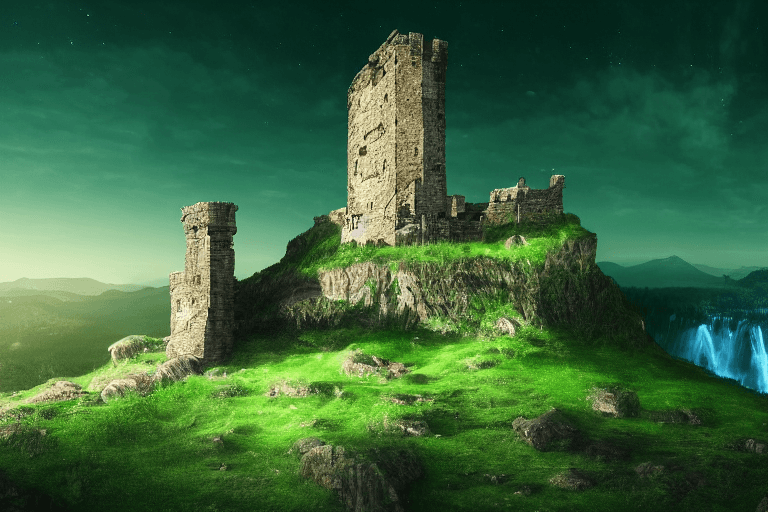In late August a piece of AI generated art won the first prize in a prestigious fine art competition. This sparked outrage within the art community, and the debate still ensues, is this a form of cheating?
A new field of digital art is pushing the boundaries of creativity and changing the way art can be created. AI Art generation is used by artists and non-artists, to create innovative concepts and aesthetics whilst embracing the interaction between accident and control.
Pop album covers, traditional art gallery walls, auction houses, and even winning first place in fine art contests, as shown most recently with Jason Allen’s “Théâtre D`opéra Spatial,” are all examples of where we can already see AI Art emerging, and taking over.
The picture, which Allen submitted printed on canvas, is stunning. It appears to be a magnificent painting that portrays an odd setting that may have come from a space opera. Through a spherical viewport, classical characters in a Baroque hall gaze onto a luminous and sun-drenched scene. However, the image wasn’t created by Allen himself; he used an AI software called ‘Midjourney.’ This sparked debate on Twitter, with professional artists and fans accusing Allen of accelerating the demise of creative employment. In Allen’s defense, via Midjourney’s discord, he stated he knew it would have “caused a big controversy, but finds it interesting that people are discrediting the human element.”
The AI artistic approach comes in various spectrums, and can help artists in the way they approach their composition and ideas.
However, the use of AI software raises lots of questions and concerns over who the owner and creator of the art even is. Could we see an AI Art category form in the art community from the rise in both AI Art and the controversy behind it? Definitely a possibility, but questions would still arise with copyrights and intellectual property protection. Does AI Art also tarnish the human attachment of art and mean fewer artists are able to make a living from their talents?
In interesting recent developments, one of the worlds most popular stock image sites Getty, recently banned the submission and sale of AI generated images. This is clear proof that there are still parts of the argument yet to be agreed upon. Who actually owns the art? Is it the creator, the developer(s) who created the software to generate the art, or bit of both?
We were interested to see whether Midjourney could emulate our recent photography project the Real Goat Mafia, and we hope you agree the difference in quality between the two is clear to see.
Despite the negative connotations behind AI Art, one cannot discredit the human creativity that happens in the process of creating art. Tools are used to help when needed; but to take away the skills, effort, and creativity from a true artist, who has spent numerous hours on their art, must feel like a slap in the face for them, in terms of not being recognized for the time and hard work they’ve put into creating their art.
Dalle.2 is another example of an AI art generator that can yield impressive results. In order to purchase Dalle.2 you must join the waitlist.
What comes next for the artificial intelligence art movement?
AI Art has made an impactful impression on both the NFT community, and wider art community. Going forward, one thing is for sure: it is most definitely here to stay!
If you liked this article, you’ll love Avax Machina – An 18 Week Update




